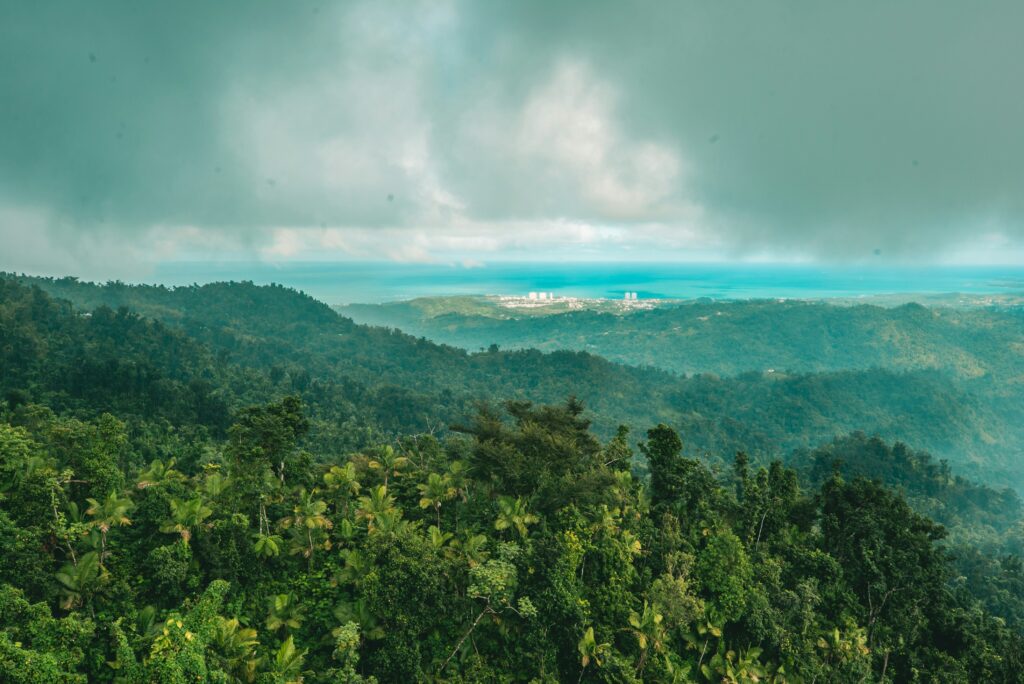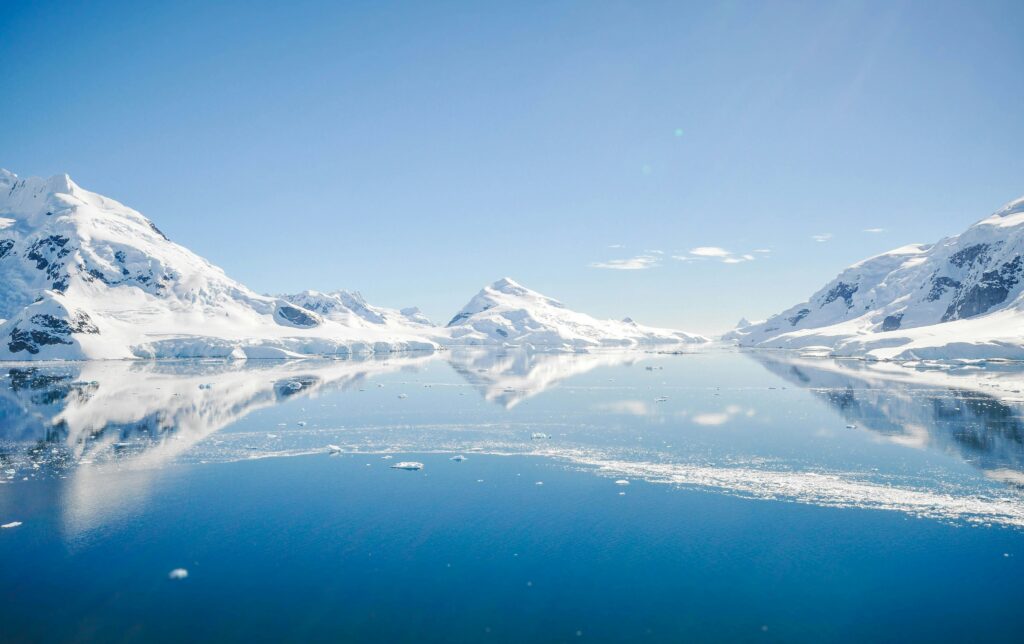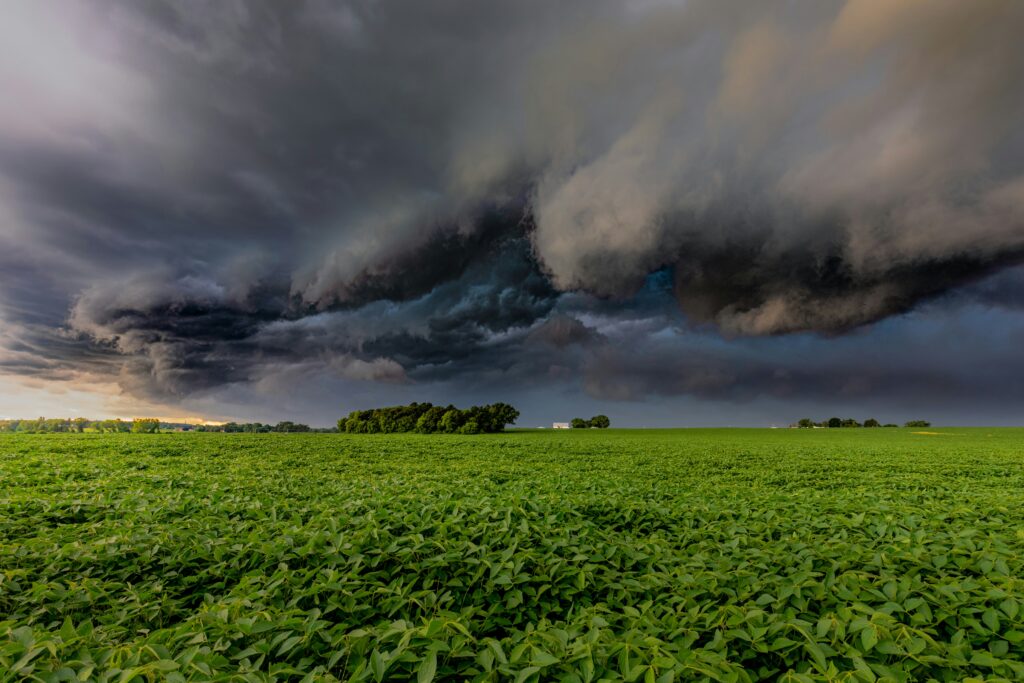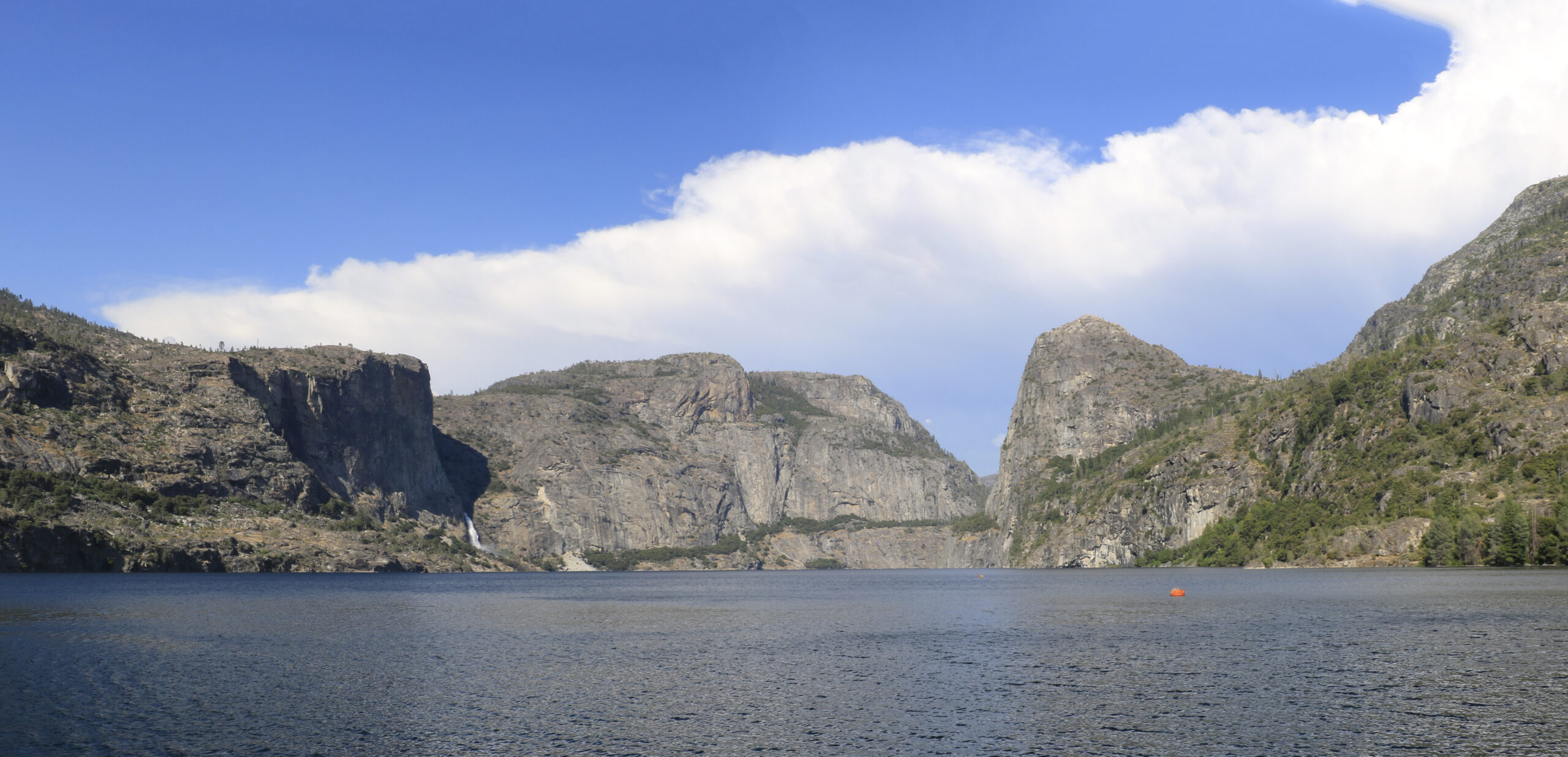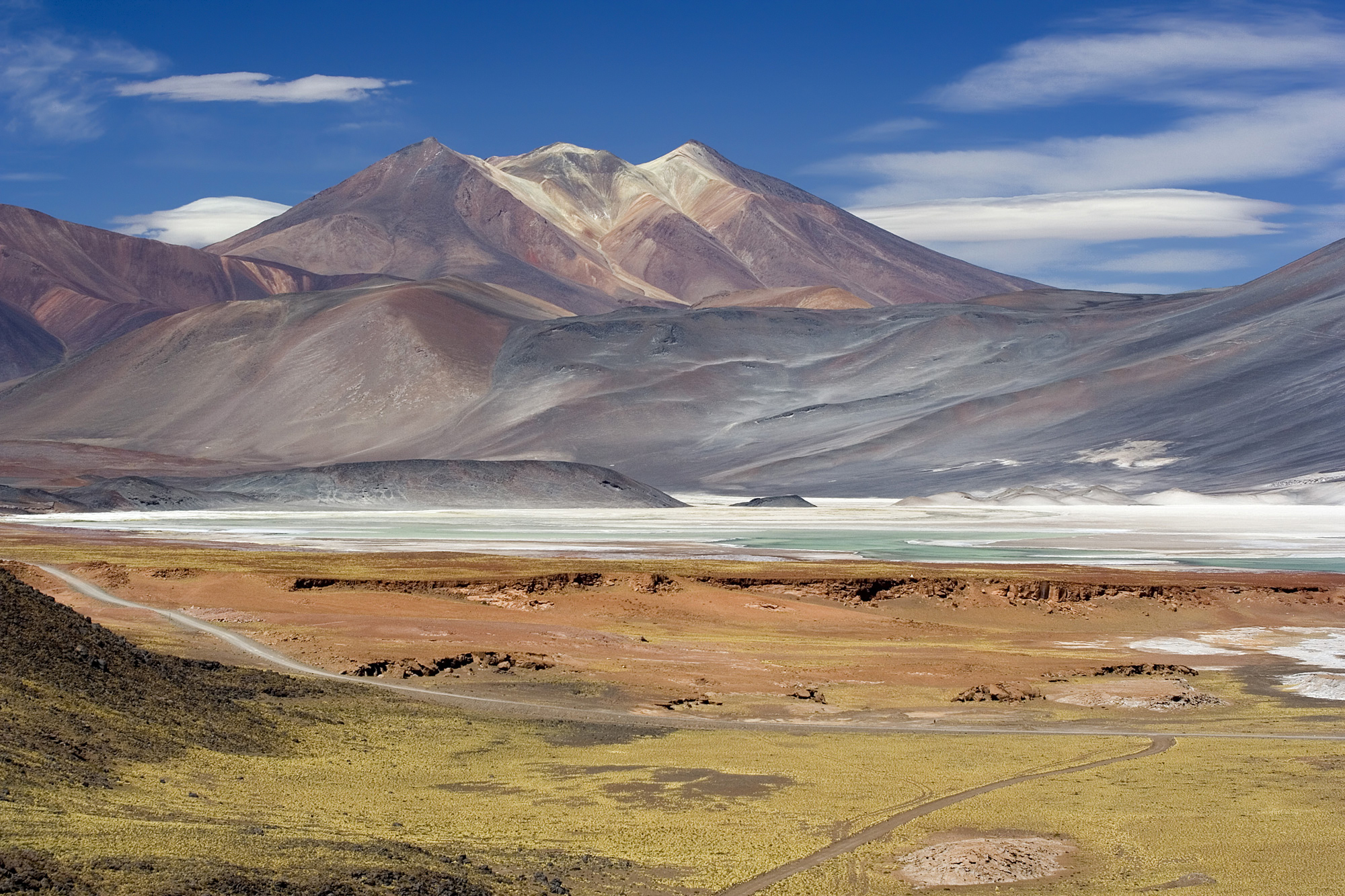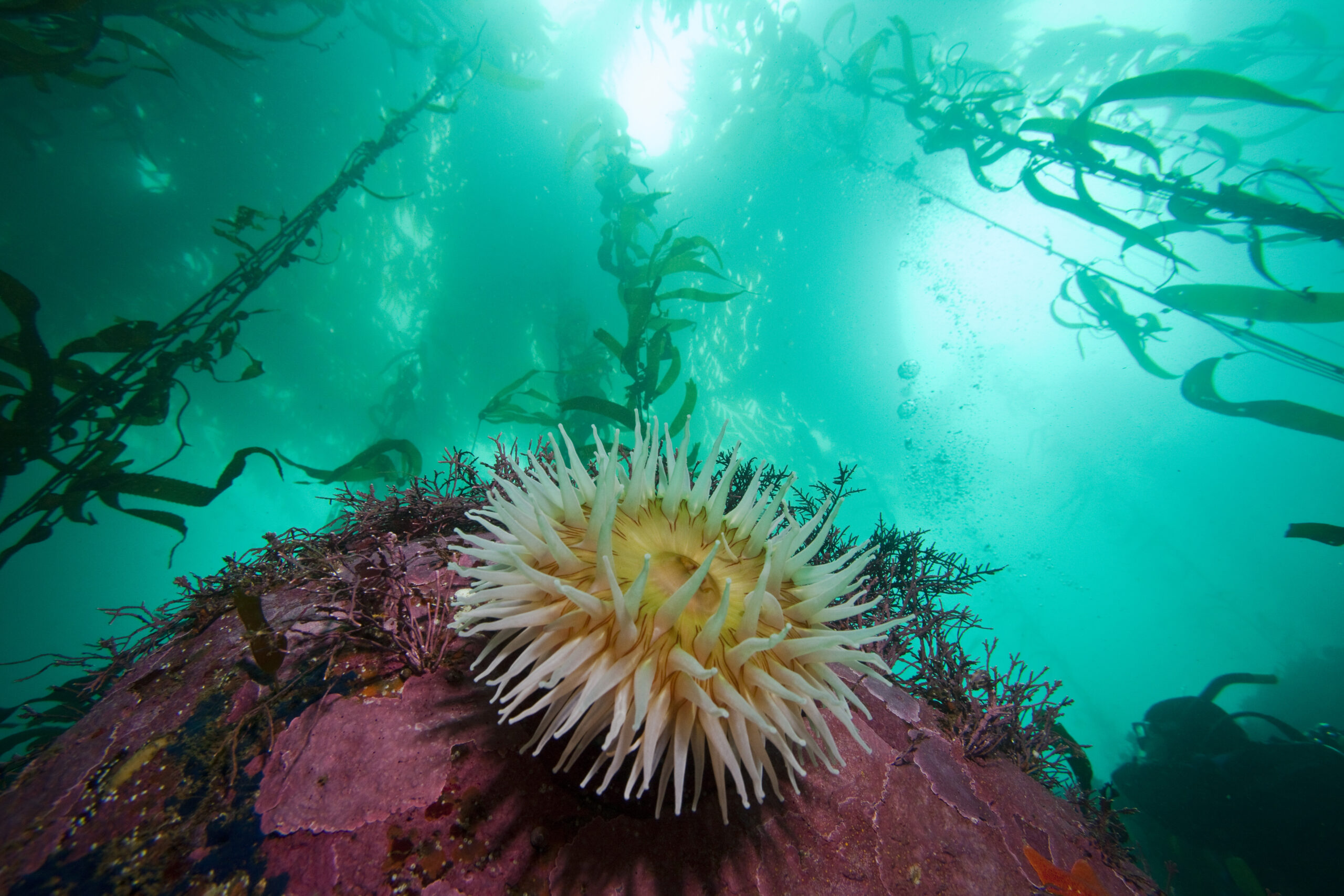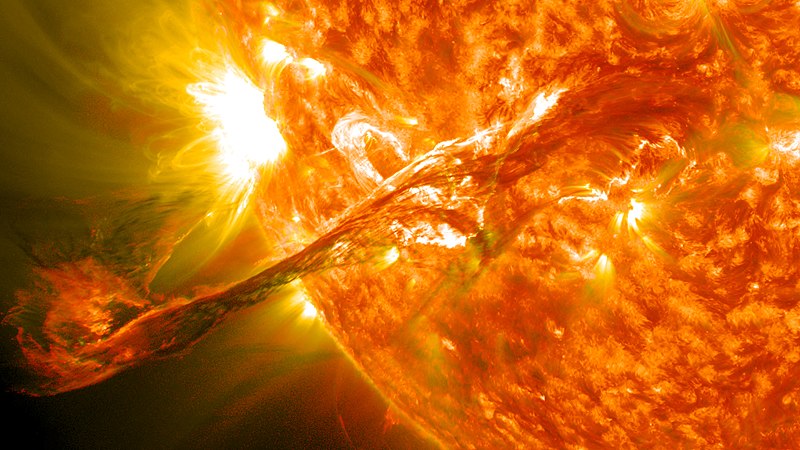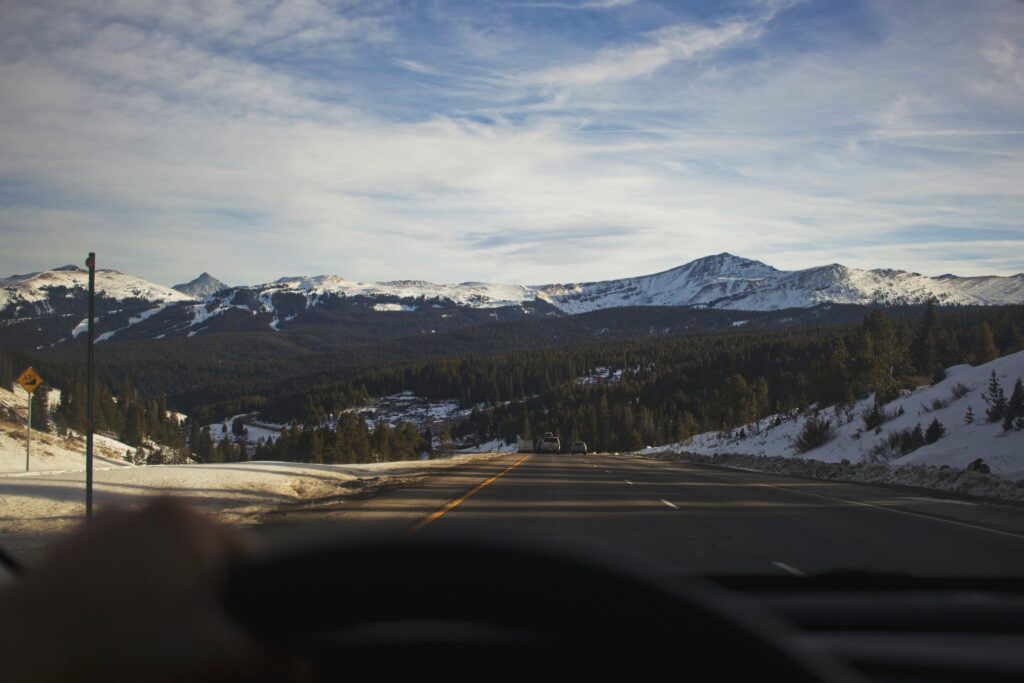
Microplastics from car tires could increase melt in Colorado snow, a new JGR Atmospheres study finds. Credit: Unsplash/Autumn Mott Rodeheaver
AGU News
AGU24 press registration
Press registration for AGU’s Annual Meeting is open! AGU24 will be held in Washington, D.C. from 9-13 December. Complimentary registration is available for journalists, journalism students, press officers, and institutional writers covering the meeting. Discounted housing is available through 11 November, but housing is almost full. [register here][eligibility][AGU24 press center][hotel information]
Featured Research
Research roundup: Hurricanes and storm surges
Hurricane Milton is bearing down on the Gulf Coast of Florida. Read up on the latest hurricane and storm surge research.
[land subsidence and storm surge along Florida’s Gulf Coast] [contaminant movement after Hurricane Florence] [Hurricane Michael storm surge analysis] [climate change impacts on hurricane season length] [improving storm surge monitoring]
Shredded tires speed snow melt
Microplastics enter the air when road tires degrade during driving. New research finds that snow near high-elevation roads in Colorado contained microplastics mixed in with small black particles from shredded tires. Those black particles could amplify the effects of surface-warming atmospheric black carbon by 10% to 30%, increasing ice and snow melt. [JGR Atmospheres study]
Atacama mine tailing dust travels far from its source
Mining operations in Chile’s Atacama Desert have created large mine tailing deposits. New research finds that arsenic-contaminated dust can travel up to 70 kilometers (44 miles) from mine sites, and that soil arsenic levels downwind of mine sites may be 11 times greater than natural conditions. Copper and molybdenum dust also traveled up to 50 kilometers (31 miles) from mine sources. The research has implications for the health of local Indigenous communities. [GeoHealth study]
Hunga Tonga water vapor could boost stratospheric humidity for years
The January 2022 Hunga Tonga/Hunga Ha’apai eruption blasted 150 million tons of water vapor into the stratosphere. New research finds that the humidity of the stratosphere has not decreased since, and could stay elevated for as few as five to as many as 18 years. [Geophysical Research Letters study]
Planted forests in China green slower
Planted forests cover 80 million acres in China. New research finds that planted forests greened 7% slower than natural forests across South China. Slower greening indicates lower rates of productivity and sluggish carbon cycling. [Geophysical Research Letters study]
Indo-Pacific mangroves show seaward gains
Mangroves in the Indo-Pacific are expanding seaward due to coastal sediment accumulation, while decreasing in upland areas due to human development, new research finds. Those increases could offset up to 67% of the upland decreases. The seaward gains will eventually be stymied by sea level rise. [Geophysical Research Letters study]
Mental health hospital visits increase during heatwaves
Heatwaves aligned with an increase in mental health hospital visits in Guangzhou, China from 2010 to 2014, according to new research. Heatwaves lasting longer than four days were associated with more hospital visits, and older adults were more affected than younger adults. [GeoHealth study]
###
